 Your new post is loading...
 Your new post is loading...

|
Rescooped by
GTANSW & ACT
from green streets
June 21, 2013 6:34 AM
|
Throughout human history, people have long found unique value in living and working in cities, even if for reasons they couldn’t quite articulate. Put people together, and opportunities and ideas and wealth seem to grow at a more powerful rate than a simple sum of all our numbers. This has been intuitively true for centuries of city-dwellers.
"What people didn’t know," says MIT researcher Wei Pan, "is why." In a new paper published in Nature Communications, Pan and several colleagues argue that the underlying force that drives super-linear productivity in cities is the density with which we're able to form social ties. The larger your city, in other words, the more people (using this same super-linear scale) you’re likely to come into contact with. "If you think about productivity, it’s all about ideas, information flows, how easily you can access ideas and opportunities," Pan says. "We believe that the interaction mechanism is what drives the productivity of the city."
Via Lauren Moss

|
Rescooped by
GTANSW & ACT
from green streets
June 21, 2013 6:33 AM
|
New research suggests LEED-ND projects can dramatically cut down on driving rates.
Confirming previous analysis, newly published research indicates that real estate development located, designed and built to the standards of LEED for Neighborhood Development will have dramatically lower rates of driving than average development in the same metropolitan region. In particular, estimated vehicle miles per person trip for 12 LEED-ND projects that were studied in depth ranged from 24 to 60 percent of their respective regional averages. The most urban and centrally located of the projects tended to achieve the highest shares of walking and transit use, and the lowest private vehicle trip lengths.
Via Lauren Moss

|
Scooped by
GTANSW & ACT
June 18, 2013 6:27 AM
|
The Town Square Initiative is a yearlong volunteer effort in which Gensler designers set out to un...

|
Scooped by
GTANSW & ACT
June 16, 2013 8:50 PM
|
Try to replicate it with development schemes all you want, but you're overlooking what makes New York City—and other places of ambition—so great.

|
Scooped by
GTANSW & ACT
June 12, 2013 8:12 AM
|
Back in 1992, most legal immigrants came from Latin America and Europe. Nowadays, they tend to come from Asia and Africa.

|
Rescooped by
GTANSW & ACT
from green streets
June 1, 2013 11:53 PM
|
A number of design firms have drawn up plans for new a Penn Station and Madison Square Garden as part of campaign to rebuild the complex. Renowned studios SHoP Architects, Skidmore, Owings & Merrill (SOM), Diller Scofidio + Renfro, and H3 were all asked to re-imagine the New York landmarks by the Municipal Art Society (MAS), a nonprofit that campaigns for, among other things, intelligent urban design and planning.
The most radical proposals came from Diller Sofidio + Renfro and SOM, who both submitted wildly complex designs. Their proposal, "Penn Station 3.0" aims to serve "commuters, office workers, fabricators, shoppers, foodies, culture seekers, and urban explorers," with a multi-level complex that's topped by a rooftop public garden. The concept separates out the fast-moving commuters, who are confined to the lowest level, and adds layers of stores, cafes, a spa, and even a theatre, in which people are able to move around at a more leisurely pace. The plan would also see Madison Square Garden relocate to sit alongside the Farley building on 8th Avenue. Find more information at the complete article.
Via Lauren Moss

|
Scooped by
GTANSW & ACT
June 1, 2013 2:57 AM
|
Every spring, China's cities are plunged into chaos as 130 million migrant workers journey to their home villages for the New Year in the world's largest human migration. "Last Train Home takes viewers on a heart-stopping journey with the Zhangs, a couple who left infant children behind for factory jobs 16 years ago, hoping their wages would lift their children to a better life. They return to a family growing distant and a daughter longing to leave school for unskilled work. As the Zhangs navigate their new world, Last Train Home paints a rich, human portrait of China's rush to economic development."

|
Scooped by
GTANSW & ACT
June 1, 2013 2:35 AM
|
Clogged canals and aging infrastructure aren’t the only factors intensifying Jakarta’s perennial flood crises.

|
Scooped by
GTANSW & ACT
June 1, 2013 2:33 AM
|
Research shows the Italian city is still subsiding, a problem made worse by rising sea levels.

|
Scooped by
GTANSW & ACT
June 1, 2013 2:31 AM
|
The country's almost laboratory-like conditions are a perfect place to measure the effect of human urban development on temperature.

|
Rescooped by
GTANSW & ACT
from IB LANCASTER GEOGRAPHY CORE
June 1, 2013 2:24 AM
|
Check out this cool graphic that shows where climate pollution comes from, by source and sector.
Via geographil

|
Scooped by
GTANSW & ACT
May 31, 2013 11:38 PM
|
China: The electronic wastebasket of the world
CNN International
Guiyu, China (CNN) -- Did you ever wonder what happens to your old laptop or cellphone when you throw it away? Chances are some of your old electronic junk will end up in China.
|

|
Rescooped by
GTANSW & ACT
from green streets
June 21, 2013 6:33 AM
|
Parks, squares, street corners, libraries, schools—these are the important social places in many cities. They are the public spaces where we relax and meet friends; in short, the places that we all share. But there is another kind of shared space that often goes unappreciated as a community hub in today’s convenience-oriented cities: the public markets where we buy our food.
While markets were historically important threads of a city’s social fabric, sanitation concerns and a cultural obsession with convenience led to their demise in many western cities in the 1950s. The “super” markets that replaced these vital public spaces were some of the first of what we now know as big box stores, and today, many millions of people around the world rely on these fluorescent, air conditioned megastores. But in some cities, even in the developed world, traditional public markets still reign supreme!
Via Lauren Moss

|
Scooped by
GTANSW & ACT
June 18, 2013 7:18 AM
|

|
Scooped by
GTANSW & ACT
June 16, 2013 8:52 PM
|

|
Scooped by
GTANSW & ACT
June 14, 2013 5:36 AM
|

|
Scooped by
GTANSW & ACT
June 12, 2013 8:10 AM
|

|
Rescooped by
GTANSW & ACT
from green streets
June 3, 2013 12:18 AM
|
From a solar mansion in China to a floating farm in New York, green buildings are sprouting up in cities around the world. Among their many benefits are curbing fossil-fuel use and reducing the urban heat island effect.
The Science Barge is a floating environmental education classroom and greenhouse on the Hudson River in New York. Fueled by solar power, wind, and biofuels, the barge, which was built in 2007, has zero carbon emissions. Vegetables are grown hydroponically in an effort to preserve natural resources and adapt to urban environments, where healthy soil, or soil at all, is hard to come by. Rainwater and treated river water are used for irrigation. The owner of the barge—New York Sun Works—designed it as a prototype for closed-loop and self-sufficient rooftop gardens in urban areas.
Visit the link for more examples of green urban projects and intiatives...
Via Lauren Moss
For generations, Moroccans have immigrated to Europe for work but now, in a surprising illustration of Europe's economic crisis, that trend is reversing –Europeans are coming to Morocco in search of jobs.
Via Joanne Wegener

|
Scooped by
GTANSW & ACT
June 1, 2013 2:49 AM
|
This is an excellent spatial graph that helps to explain the distribution of the human population. Why do we live where we live? The longitude map is still fascinating, but has less explanatory power. What would be brilliant is a graph that charted population by latitude (as this does) AND charts the amount of land at each given latitude. To see the originals on the Radical Cartography website, see: http://www.radicalcartography.net/index.html?histpop

|
Scooped by
GTANSW & ACT
June 1, 2013 2:34 AM
|
Groundwater pumping and rising sea levels could leave millions flooded out of their homes.

|
Scooped by
GTANSW & ACT
June 1, 2013 2:32 AM
|
For now at least, the country's most sustainable form of urbanism is relegated to pilot projects.

|
Scooped by
GTANSW & ACT
June 1, 2013 2:28 AM
|
China is seen as the factory of the world, but the biggest part of its economy is now services, not manufacturing.
Modern cities create vast quantities of waste. But rather than causing a crisis, could these overflowing landfills help create urban landscapes of the future?
Via geographil
|



 Your new post is loading...
Your new post is loading...



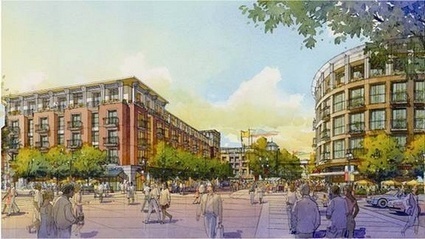
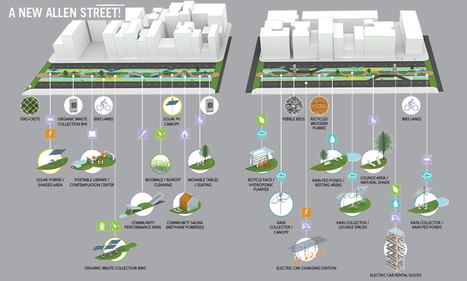



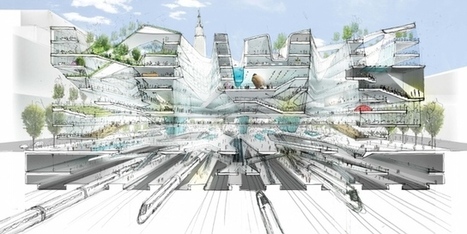
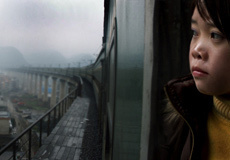
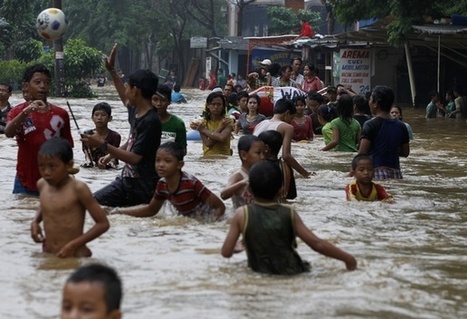
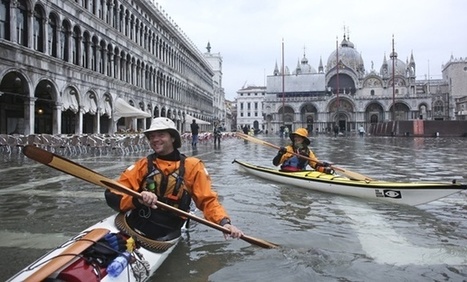
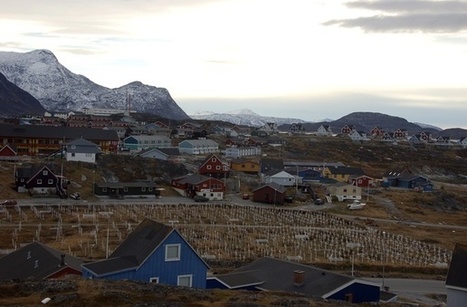
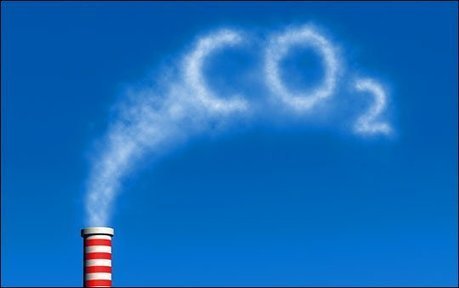
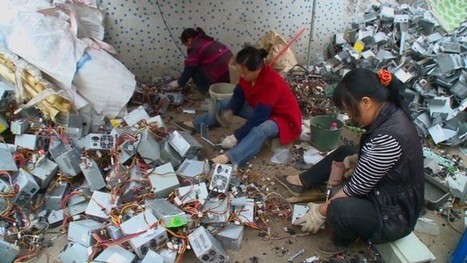
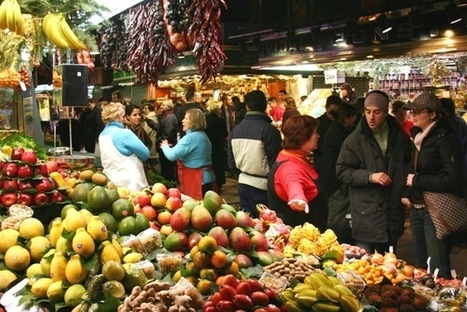


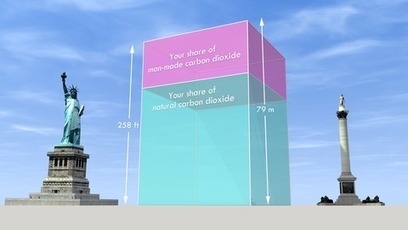
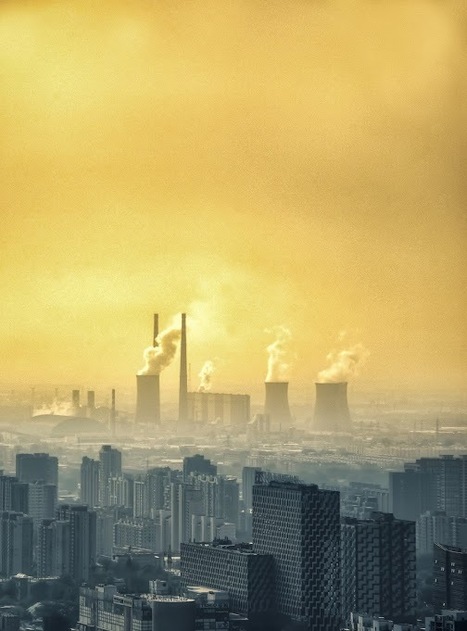



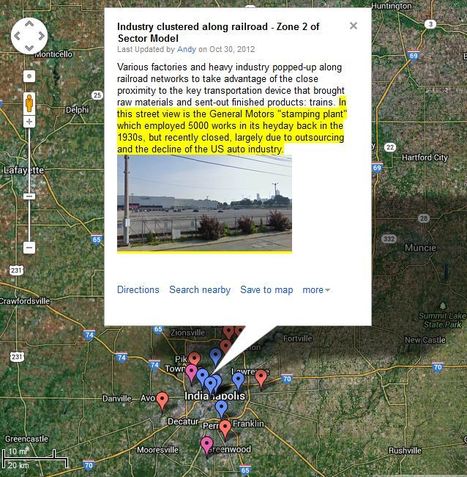
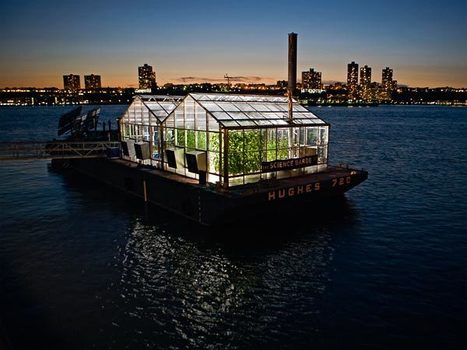
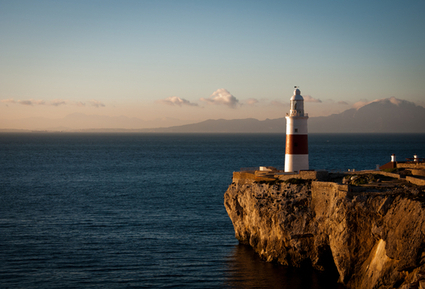











Similar to Ed Glaeser's views in the Triumph of be City